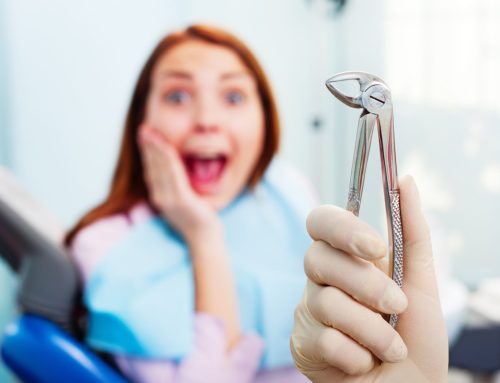When straightening your teeth, you have two primary options: traditional metal braces or Invisalign® clear aligners. Both options are effective in achieving straighter teeth. Still, they differ in treatment time, appearance, comfort, maintenance, and cost.
In this article, we’ll explore the topic of Invisalign® vs. braces to help you decide which orthodontic treatment is the best choice for you.
Duration of Treatment
When considering Invisalign® vs. braces, it’s important to know that the duration of the orthodontic treatment will vary. The course of the orthodontic treatment will depend on the severity of the misalignment and the overall treatment plan.
In some cases, Invisalign® may not be appropriate for severe misalignments or complex orthodontic issues. Traditional metal braces may be the better option in these cases, even if they take longer to achieve the desired results.
Generally, treatment with traditional metal braces takes 18-24 months. Invisalign® treatment usually takes 12-18 months.
Appearance
One of the main concerns we hear from our patients considering orthodontic treatment is the appearance of braces. Traditional metal braces are noticeable, with brackets and wires fixed to the teeth. While some people embrace the look and even accessorize their braces with different colored bands, others find them unattractive. It’s also to be noted, that the tooth colored braces have metal wires and movements may not be as fast.
Invisalign®, on the other hand, is virtually invisible. The aligners are made of clear plastic and fit snugly over your teeth. They are difficult to see, even up close, making them a popular option for people who want to straighten their teeth without drawing attention to their braces.
Comfort
One of the most significant factors when considering Invisalign® vs. braces is the discomfort they cause. With braces, the brackets and wires can rub against the inside of the mouth, causing sore spots or even cuts. Tightening the braces can also cause discomfort as the teeth shift and adjust.
Invisalign® aligners are made of smooth plastic and are less likely to cause irritation or sore spots. However, they can cause some initial discomfort as you adjust to wearing the aligners. At first, some people also find it difficult to speak clearly while wearing their aligners.
Maintenance
Maintaining good oral hygiene is essential during orthodontic treatment, regardless of whether you choose Invisalign® or braces. With braces, food particles can become trapped in the brackets and wires, making it more difficult to brush and floss effectively. Special tools like interdental brushes or floss threaders may be necessary to reach between the wires and under the brackets.
Invisalign® aligners are removable, making it easier to brush and floss as usual. However, you must clean the aligners regularly to prevent bacteria buildup. Invisalign® offers special cleaning crystals to help keep the aligners fresh and clean.
Cost
When it comes to Invisalign® vs. braces, the cost of orthodontic treatment varies depending on the treatment type, the misalignment’s severity, and other factors. Typically, Invisalign® is slightly more expensive than traditional metal braces. The cost of Invisalign® treatment can range from $3,000 to $8,000, while traditional metal braces typically cost between $2,500 and $7,500.
In some cases, your private insurance may cover part or all of the cost of orthodontic treatment. We recommend checking with your insurance provider to understand orthodontic coverage options and potential out-of-pocket expenses.
Invisalign® vs. braces – which choice is the best for you? Overall, the decision depends on personal preferences, the severity of the misalignment, and other factors you should discuss with your dentist.
In general, Invisalign® is a good option for people who want to straighten their teeth discreetly and are willing to commit to wearing the aligners for the recommended 22 hours per day. Braces may be a better choice for younger children, people with severe misalignments, or those with complex orthodontic issues.
If you want to learn more about Invisalign® vs. braces, contact Somerset Dental on James for an orthodontic consultation. If you’d like to learn more about the benefits of orthodontic treatment, continue reading here.
Have you had Invisalign® treatment? Did you opt for traditional braces to straighten your teeth? Share your experience with our readers in the comments below!






Leave A Comment